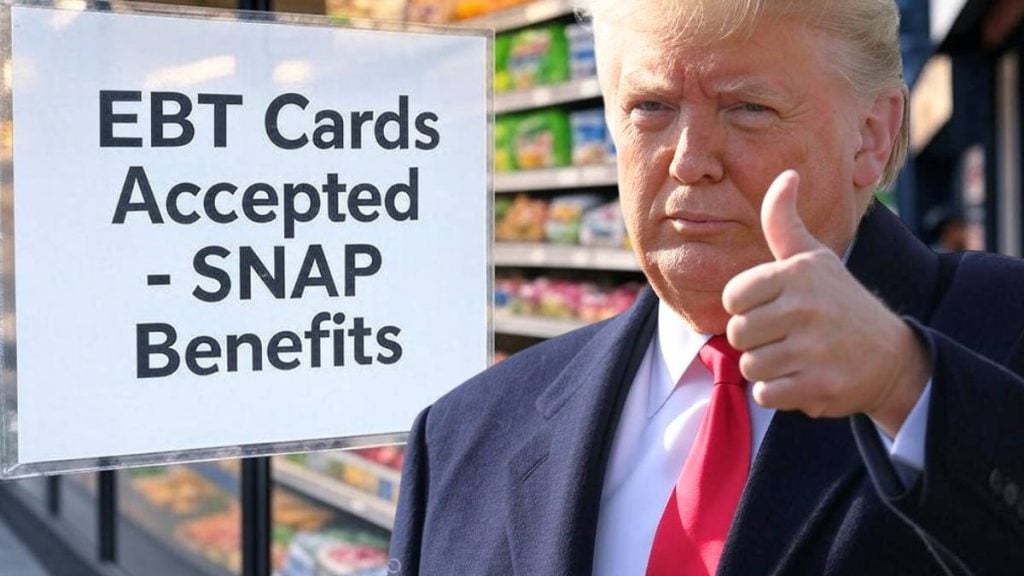The U.S. Department of Agriculture (USDA) introduced revised directives this week for state-level administrators of the Supplemental Nutrition Assistance Program (SNAP). These updates aim to tighten identity confirmation and immigration checks for applicants, aligning with federal efforts to restrict taxpayer-funded benefits for individuals deemed ineligible.
President Donald Trump emphasized the policy’s intent to exclude “ineligible aliens” during a February 19 executive order signing. The order mandates federal agencies to “improve eligibility verification systems,” reinforcing existing immigration-linked restrictions on social program access. USDA officials reiterated that SNAP remains unavailable to “undocumented noncitizens,” per longstanding regulations.
SNAP Eligibility and Funding Overview: Changes You Must Be Aware Of
Approximately 41 million U.S. residents received SNAP aid in 2024, with federal expenditures surpassing $120 billion during the 2023 fiscal year. Revised guidelines require states to enforce stricter compliance with federal eligibility criteria, including cross-referencing Social Security records and immigration databases. In-person interviews for new applicants will now be mandatory.
States must also reassess the immigration standing of current beneficiaries quarterly, citing the potential for rapid status changes. USDA data reveals $10.5 billion in improper payments during 2023, accounting for 12% of total disbursements. These errors included overpayments, underpayments, and benefits granted to ineligible recipients, though no breakdown by immigration status was provided.
2024-2025 SNAP Benefit Tiers by Household Size
Effective from October 1, 2024 to September 30, 2025, maximum monthly SNAP allocations for the 48 contiguous states and Washington, D.C., are structured as follows:
- 1 person: $291
- 2 persons: $535
- 3 persons: $766
- 4 persons: $973
- 5 persons: $1,156
- 6 persons: $1,388
- 7 persons: $1,534
- 8 persons: $1,753
- Each additional member adds $220
Higher SNAP Benefits in High-Cost Areas
In U.S. territories and states with a higher cost of living, maximum SNAP benefits are increased. For example:
- Alaska: A 4-person household can receive between $1,258 and $1,953, depending on the region.
- Hawaii: A 4-person household may receive up to $1,723.
- Guam: A 4-person household is eligible for up to $1,437.
- U.S. Virgin Islands: A 4-person household can get up to $1,254.
The minimum monthly SNAP benefit for the 48 contiguous states and D.C. is $23. In Alaska, the minimum varies from $30 to $47, depending on the area. In Hawaii, the minimum is $41.
These amounts are reviewed annually by the USDA and adjusted to reflect changes in the cost of living. The current figures will remain effective until September 30, 2025.
If you’re thinking about applying for SNAP benefits, start by finding your nearest SNAP office, using the USDA’s own SNAP locator. After that, you’ll be able to learn what requirements you’ll be required to present, and how much you could be entitled to.
